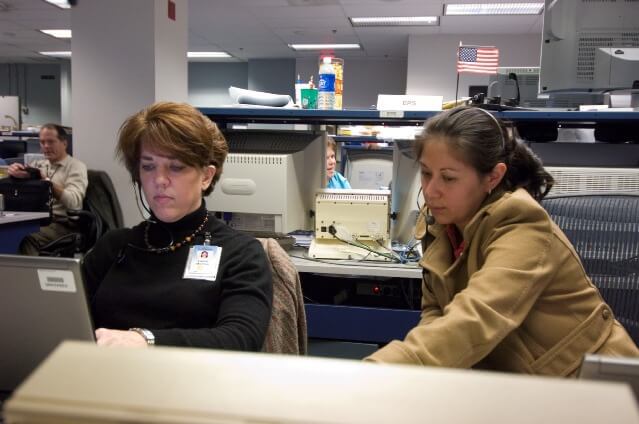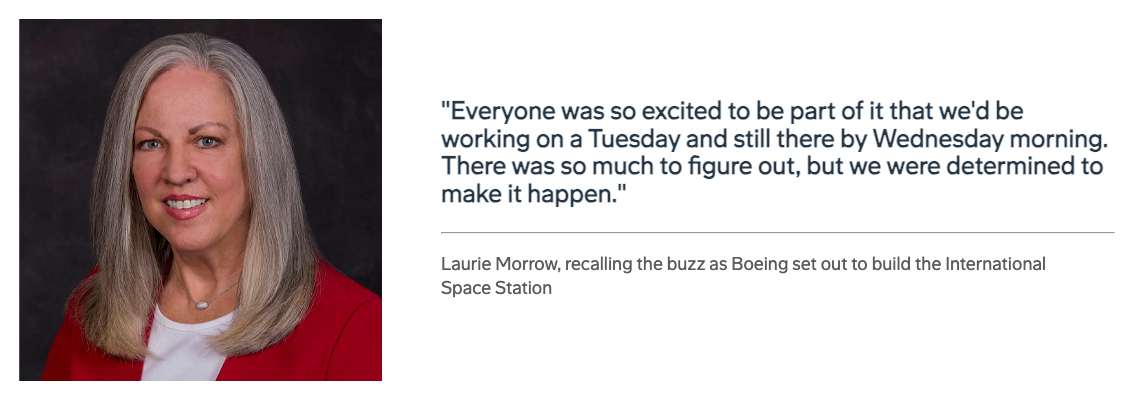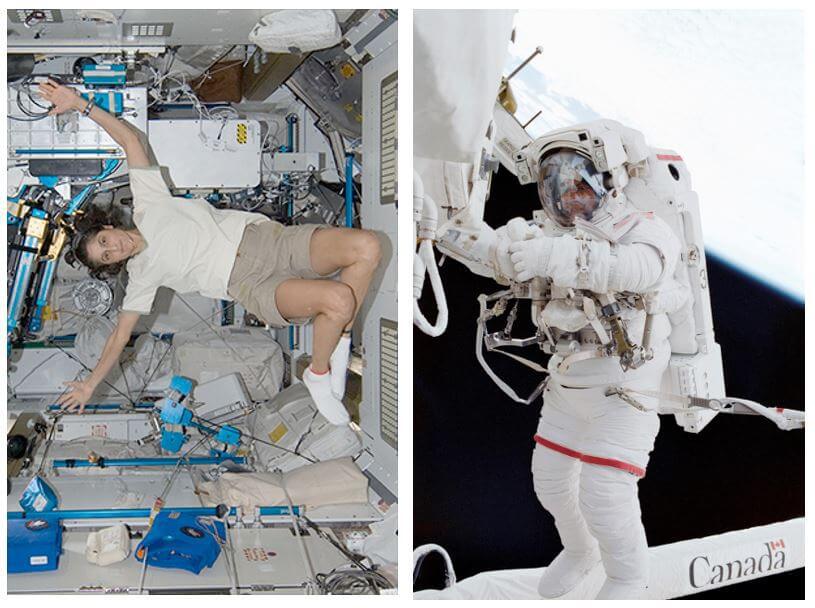Morrow has contributed to the ISS through three distinct careers — traveling around the world for her job but always coming home to Texas.
Phase 1: Technical pioneer
After earning a degree in mechanical engineering and working for a NASA contractor, Morrow joined the space station team. She analyzed the passive thermal control system for the space station’s U.S. module, making a lasting impact. That system has helped the ISS withstand extreme temperatures for more than 20 years.
“If the heater patches aren’t exactly in place, condensation forms and leads to corrosion,” Morrow said. “We optimized the heating to ensure the integrity of the module.”
Morrow’s innovations also have brought the world closer. In addition to her work on the U.S. module, Morrow partnered in-country with German, Italian, Swiss and Japanese space agencies. She helped them use the thermal math model she developed to build their sections of the ISS and ensure integration with rest of the space station.
“As the ISS frontrunners, NASA and Boeing guided other countries through development, but we also learned from them,” Morrow said. “That global partnership absolutely matters to this day, because it furthers the good we can do as humans.”
Phase 2: People person
After spending two decades specializing in space station thermal control systems, Morrow narrowed her focus to people on the space station. She spent 10 years in human factors, studying how humans interact with space station hardware and designing accordingly.


